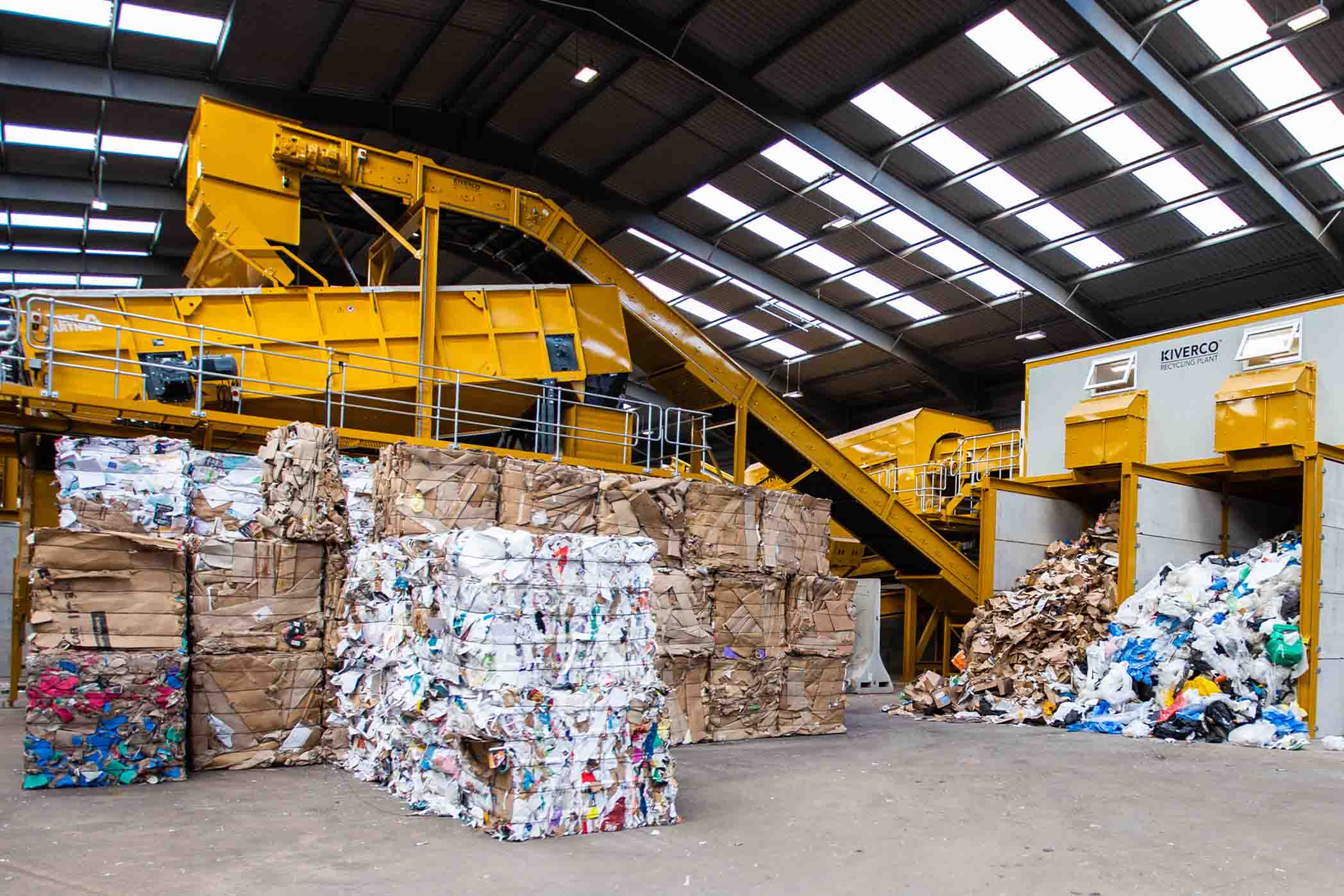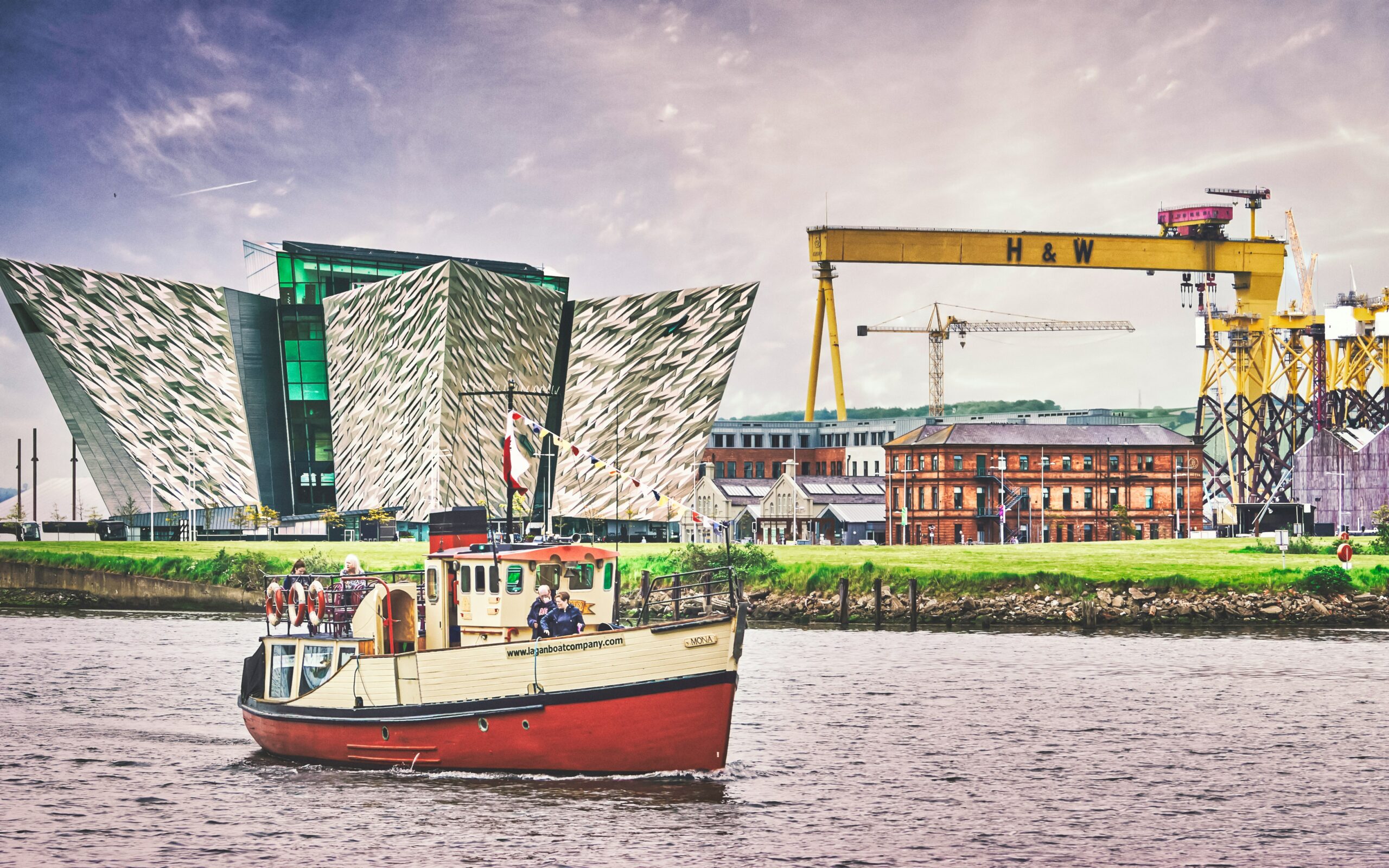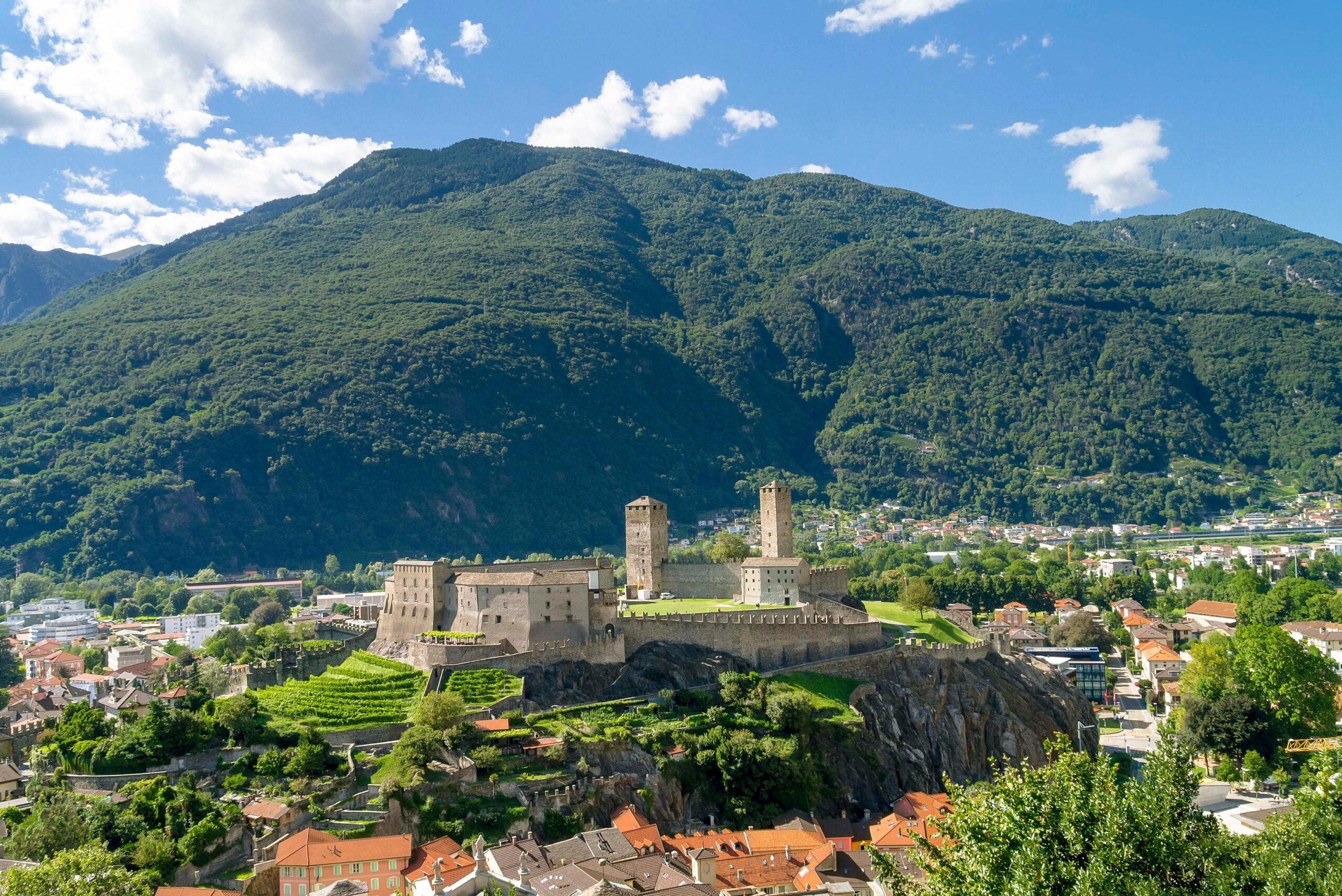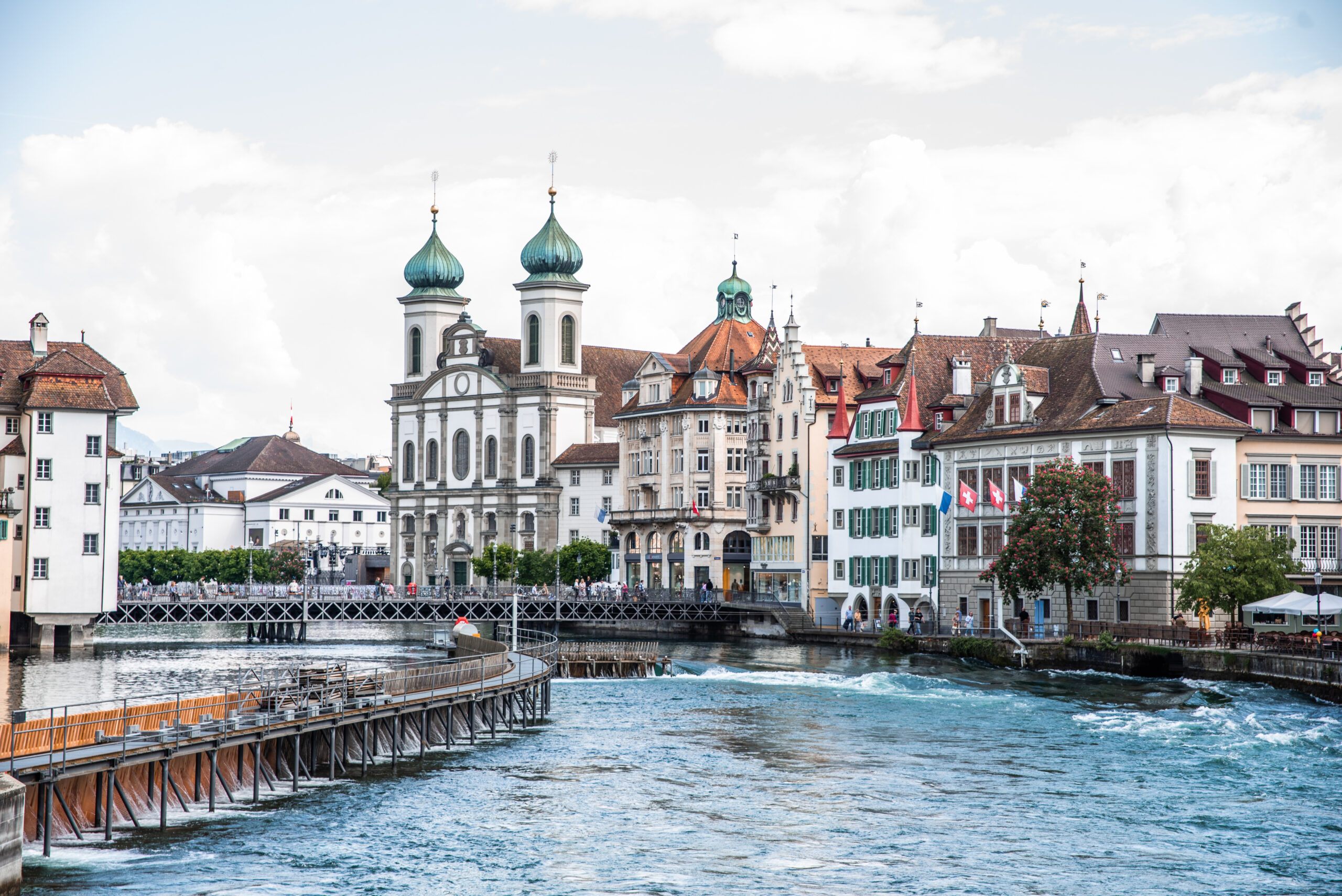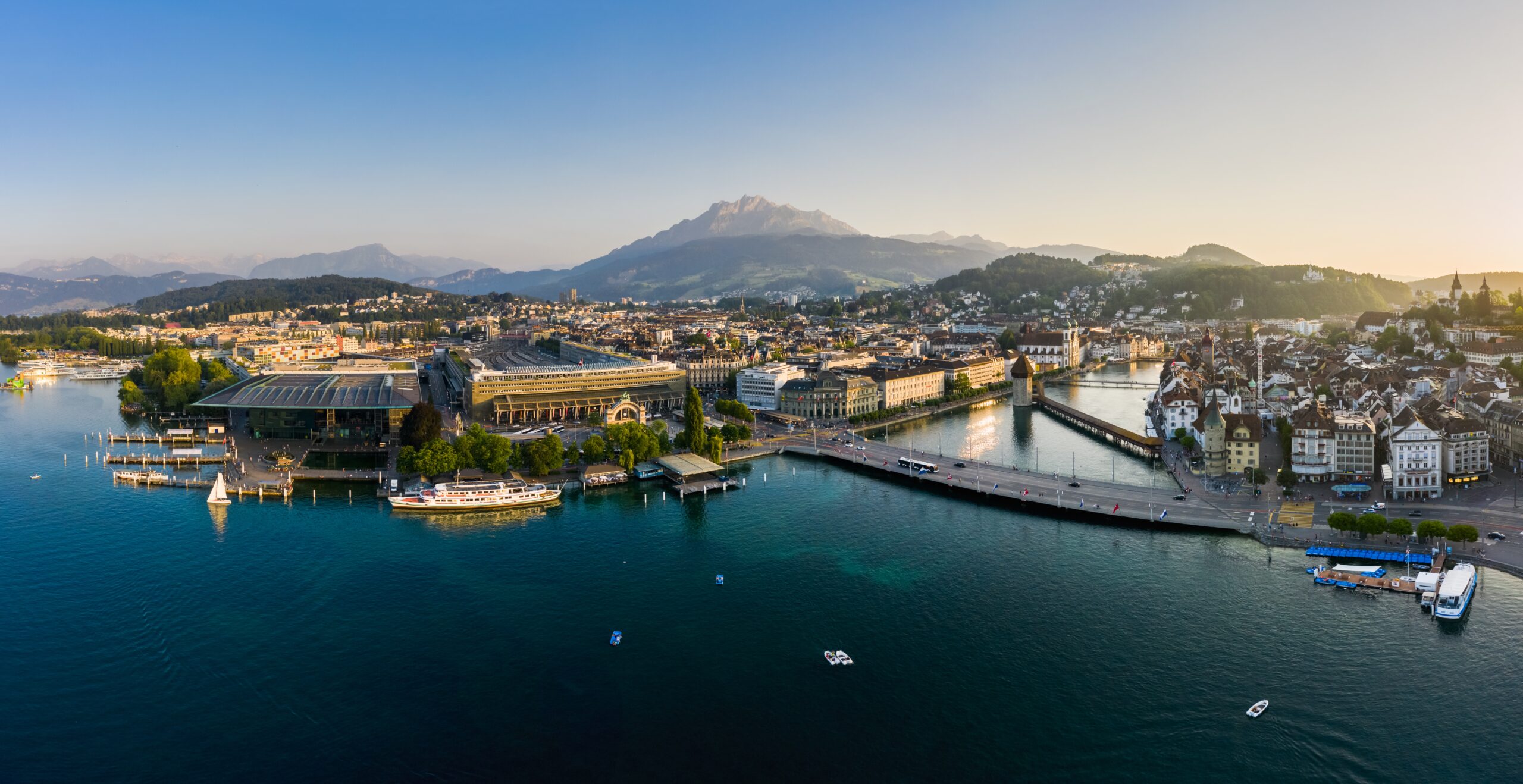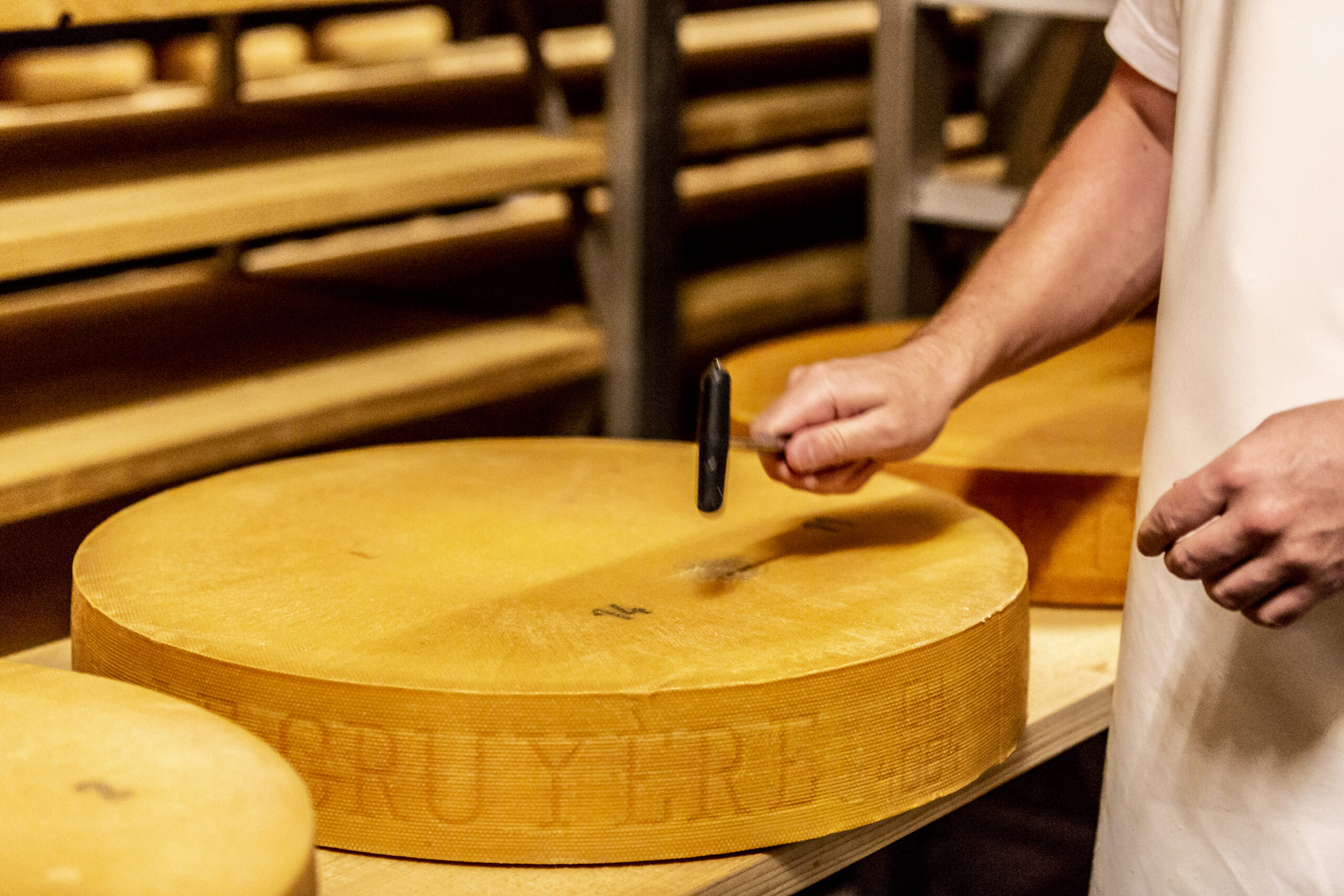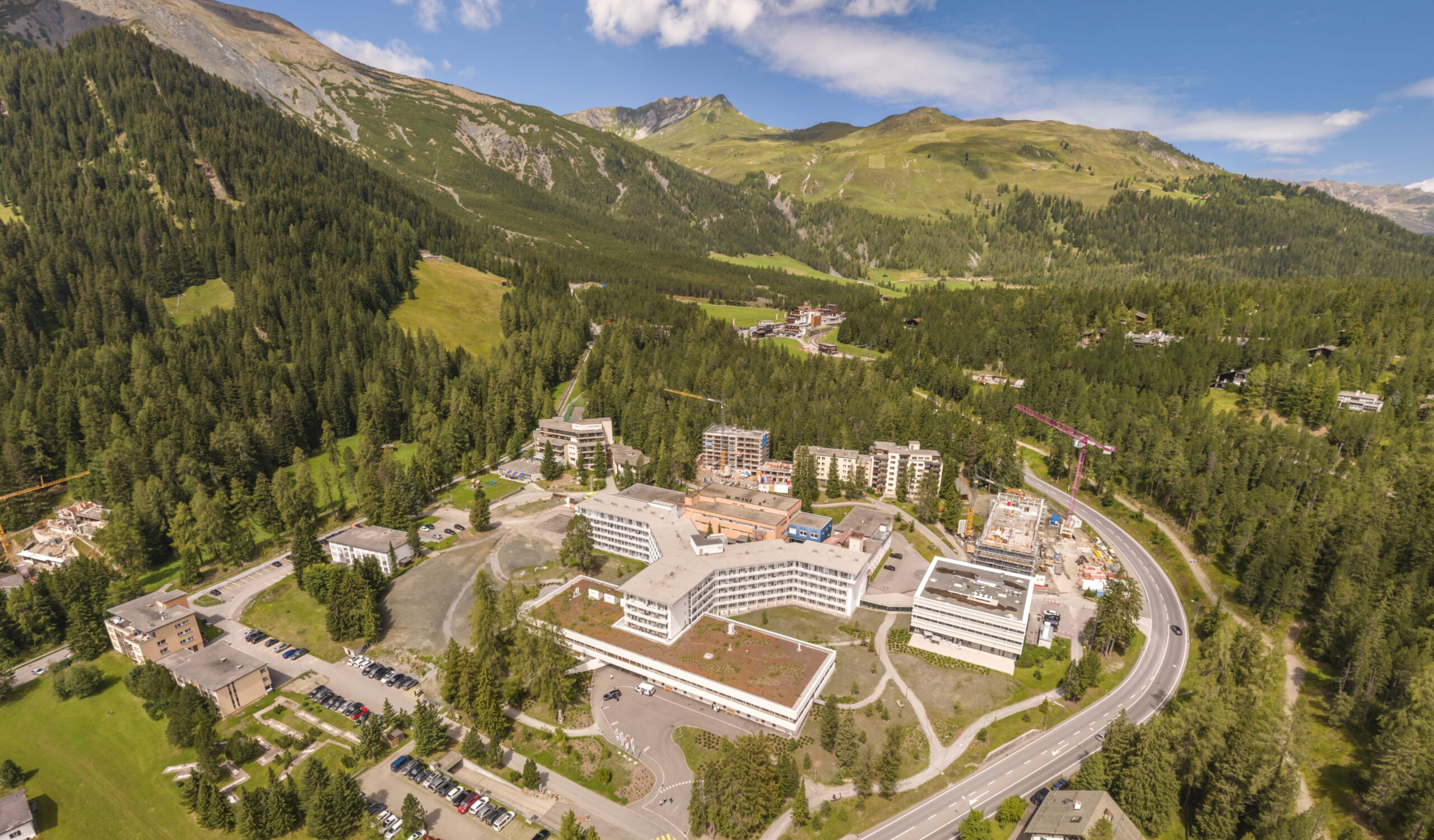 Historically what have been Latvia’s most important economic drivers?
Historically what have been Latvia’s most important economic drivers?
Traditionally our biggest sector has been wood and timber produced from by our forests. They cover more than half of Latvia. Forests are referred to as Latvia’s “Green Gold.” A second historically strong sector is manufacturing, in Soviet times Latvia was an industrial hub. A third industry would be the food production of milk, cheese, bread, etc. Today, we can see other highly competitive sectors in IT, finance, higher education and tourism. These sectors are growing quickly and are increasingly becoming more innovative. Innovation is driven by a new generation of Latvians which are well educated and multilingual. A large percentage of Latvian youth are trilingual, speaking: Latvian, which is our mother language, English, and Russian.
Do you believe that Latvia’s GDP has reached its full potential?
A huge part of Latvia’s economy is connected to Russia and other countries linked to Russias economy. Russia continues to be our third largest export partner and fourth in imports. Russia’s sanction bill has impacted Latvia’s GDP, however, when the Russian financial crisis took place, a big part of our business community joined European markets. Now 70% of Latvian exports go to Europe. Despite the sanctions, the situation will stabilize as we are not overly dependent on either market. An interesting point regarding exports, 2016 was the first year Latvian exports were higher than imports. That means that our entrepreneurs are becoming stronger on a global scale and are successfully opening new international markets for their products.
What reforms are needed in Latvia?
Latvia’s economy is very dependent on funds at the moment, and one of our challenges is to transform our economy away from it. We must try to find our own investments and financing.
Another much-needed reform has to do with our government. We have too many people working in our government, its parastatals, and its agencies. The third reform relates to Latvia being a small country yet having one hundred and ten different municipalities. Tax reform on municipality financing is necessary to increase competitiveness. Most mayors at the moment have no incentive to attract investors. That is the reason why the most prominent investors and the biggest part of investments are connected with Riga and other big cities, but not with small cities. It is an exciting time as we are working alongside the government to change our tax system. Introducing 0% tax on reinvested profits will make Latvia much more attractive for investors.
What companies best represent successful investments in Latvia?
An excellent success story is Cemex. The company produces building materials and historically is the biggest industrial investment in Latvia. Another is MikroTikls, a manufacturer of computer networking equipment that sells wireless products and routers. It has become one of the fastest growing companies in the country, and its innovation is exported globally.
How is LCCI improving the competitiveness of Latvian enterprises?
LCCI, with over 2 000 members and 60 associations, is the largest in the country. The LCCI’s international network has representatives in more than 50 countries that aid companies to operate internationally. Growing export growth is the primary focus of the Latvian private sector. Therefore we are continuously increasing our international presence and the number of representatives in the network globally. The chamber works with its members in boosting Latvia’s export potential through government lobbying, but especially by trying to increase our members own competitiveness and productivity. In the past three years we have doubled our members, and by boosting the proactivity of the private sector, we look forward to growing members to 5 000 by 2022. Latvian companies are ready to grow their business through global projects. Our geographical situation is very favorable and our generation’s knowledge is very high. I am sure we will succeed in increasing productivity and exports.

